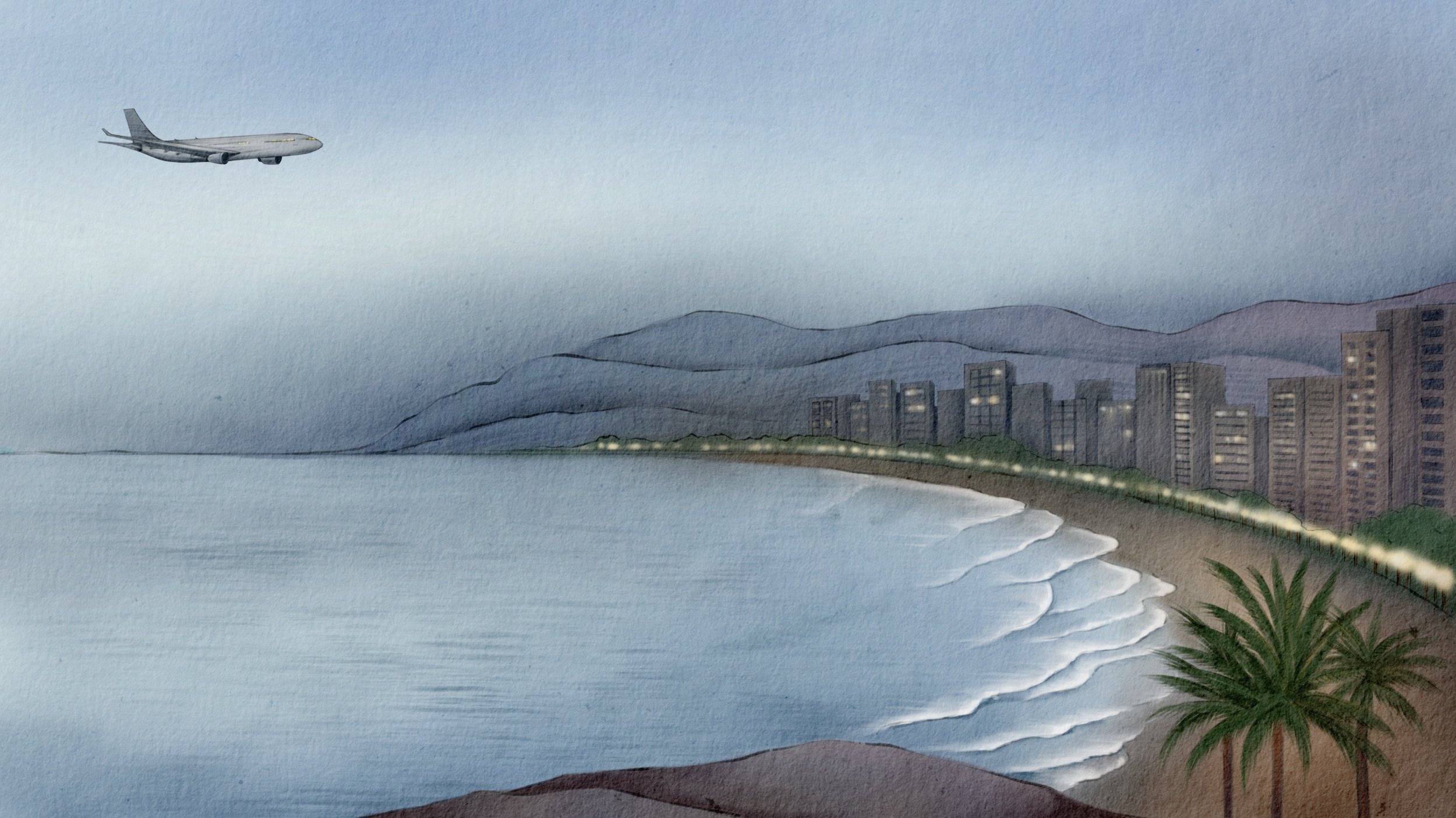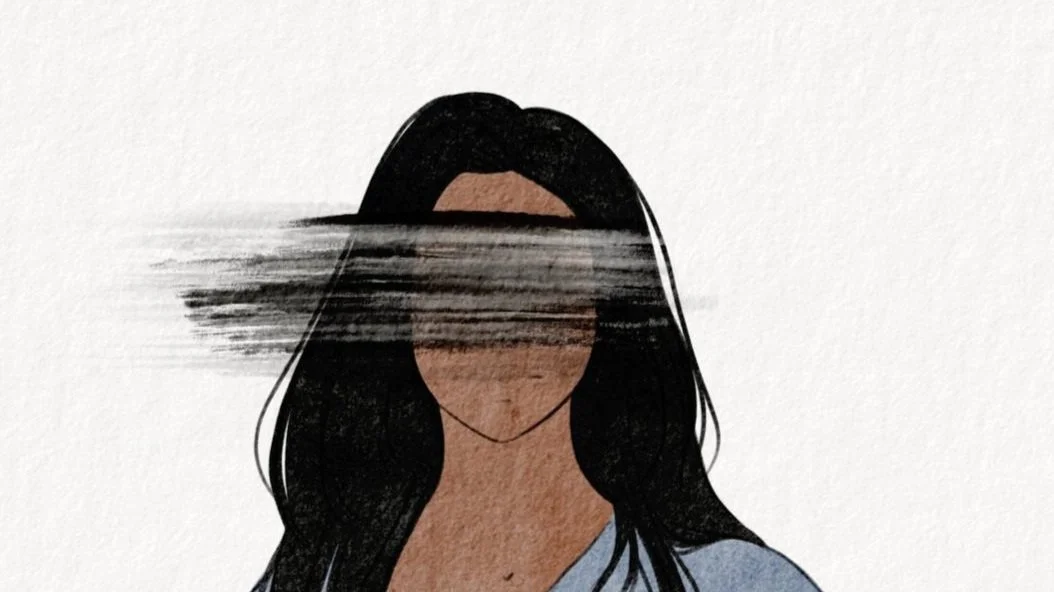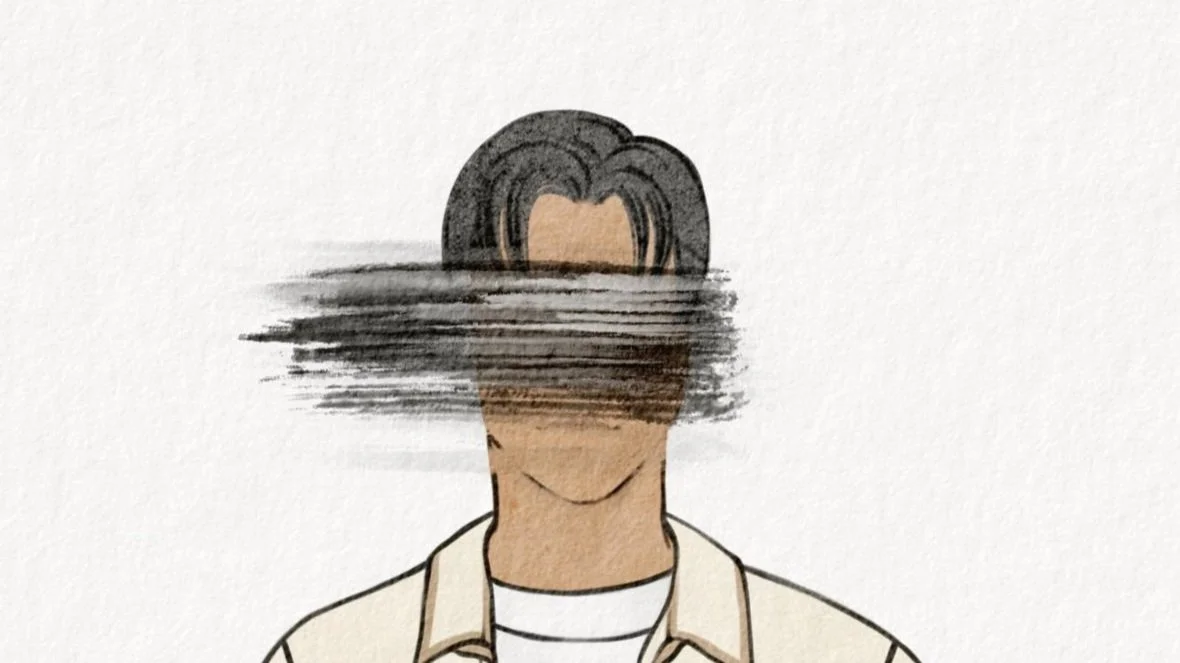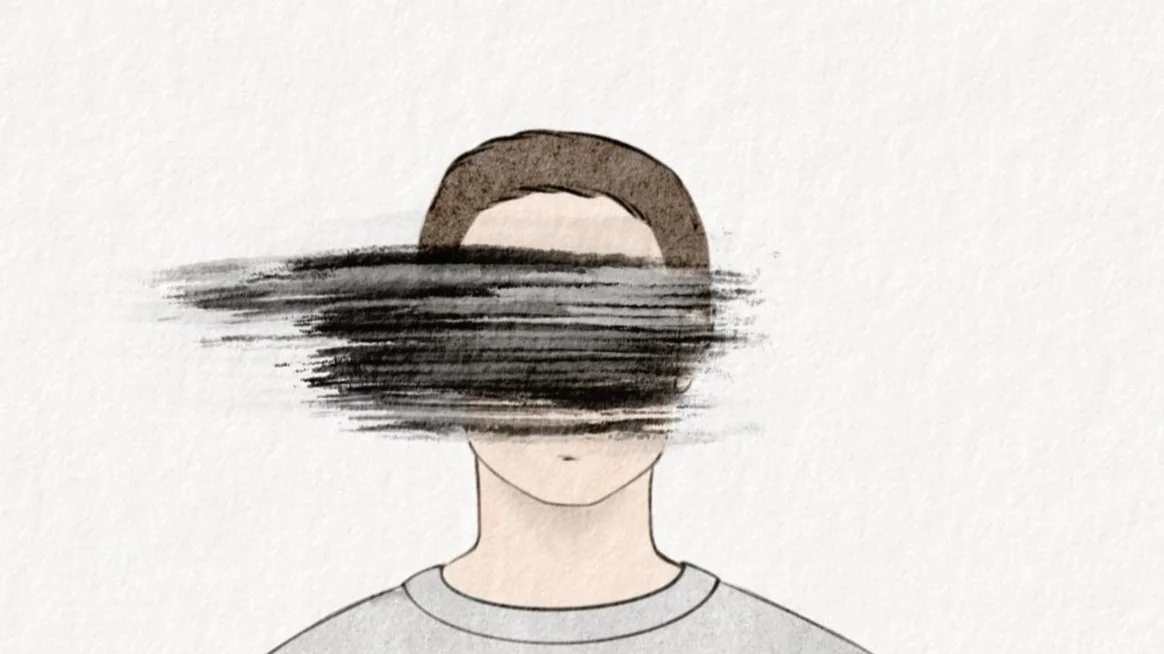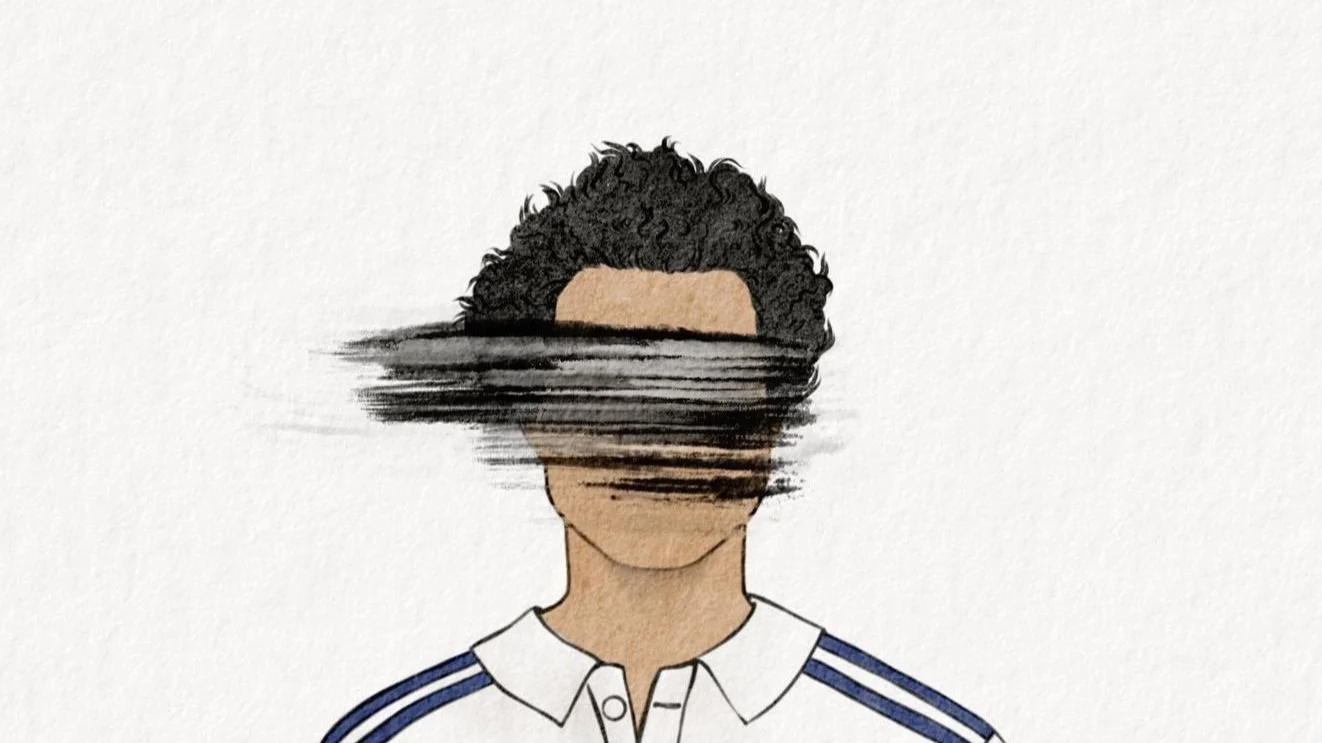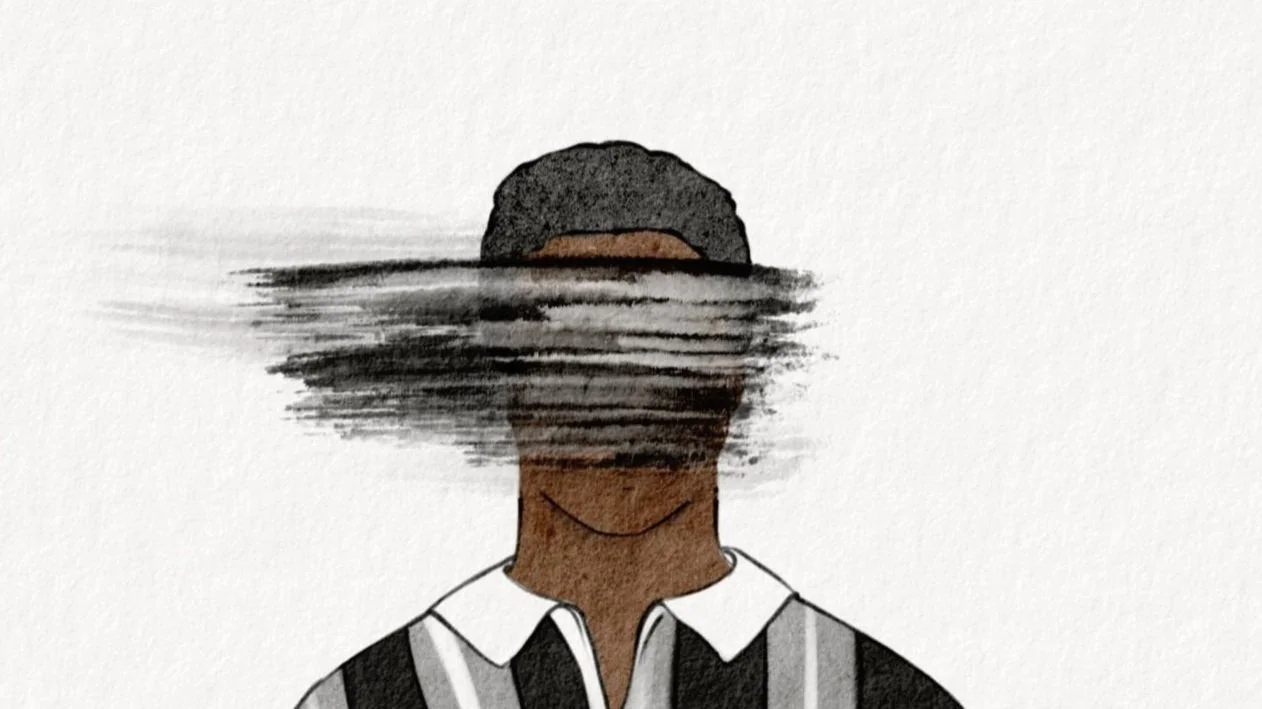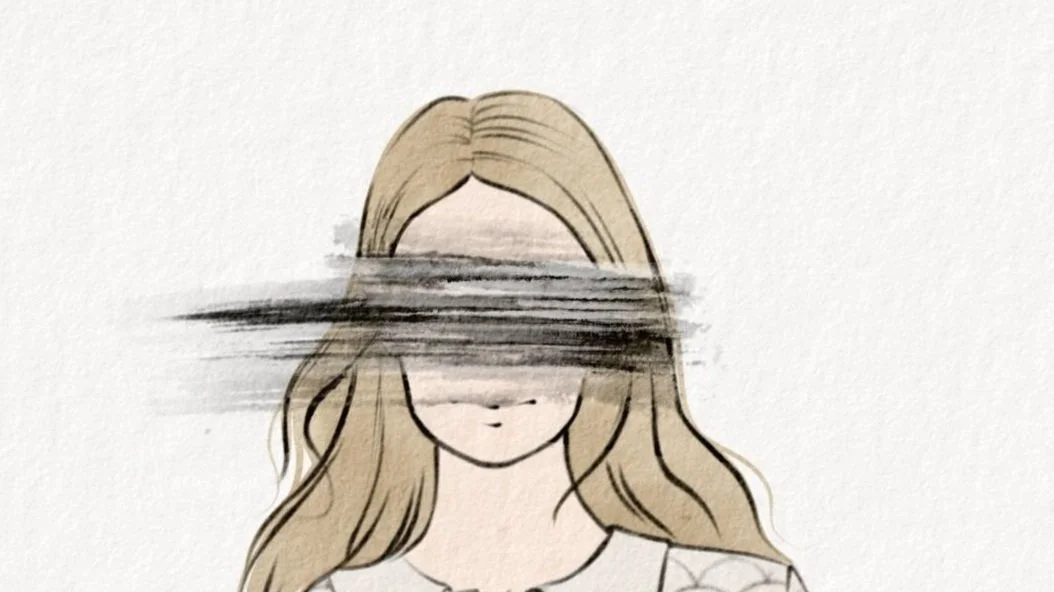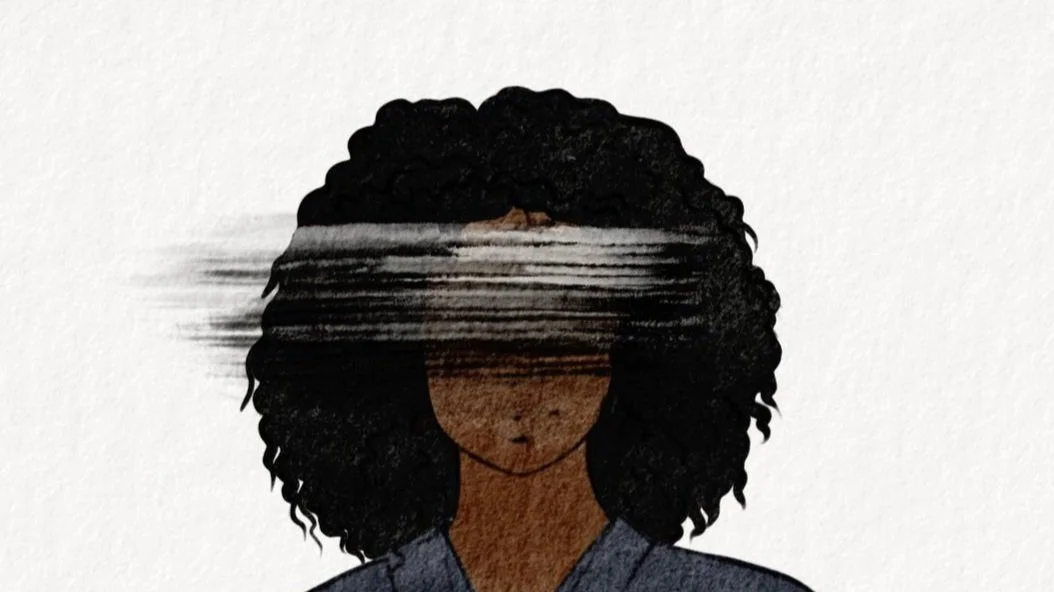big, dumb plane. WHOLE new world.
THE STORY GOES that during a long-haul, international flight, a faulty plane is forced to land off-course, leaving a few passengers from around the world stuck in a random city. After a few days in a quaint but troubled hotel, those passengers connect and then decide to stay and start a life together during what becomes a historic time in that foreign city. … That’s the idea for So Far Bound - a scripted, live-action TV series, and this website exists to try to raise funds and find people to make it. Please browse around for more on the project, and please consider supporting the efforts to make it. Thank you!
Before we get into it, let’s do a quick introduction. I’m Evan Sandoval; I’d be an actor and writer on So Far Bound. I’ve been in and around film and TV for over a decade, doing all kinds of work on productions larger and smaller, and for now, it’s me writing in the first (and third) person throughout the website. I really appreciate that you’re here. Please read on for the Top 3 things to know about Bound.
1. Worlds collide
— For Bound, we used the setup of a “large, international flight” as a chance to create characters of not just varied personalities, but also of varied backgrounds. For one, the banter between them should be great, and also, so should the tension. By featuring people from different worlds who would together - but each in their own way - try to build a new life in a dynamic setting, the opportunities for both drama and hi-jinks are abundant. The main cast would feature an eight-person ensemble of characters in their late 20s to late 30s. They are:
“Samirah”
“Valya”
“Dwi”
“Gustavo”
“Haj”
“Jonathan”
“Devika”
“Mei Ling”
— There’s the collision between the main characters above and also between the people local to the place in which they land. To add depth to the setting and variety to the story, we’ve created a secondary ensemble of local characters to interact with the main players. There’s “Fernanda,” a former teacher in her 60s who runs The Wild Horse Hotel; there’s also “Jimmu,” a man in his 80s who tends bar as he pleases at the The Lime Tree Cafe, plus more, unique characters.
— You’ve got a five year plan and so do we. At present, the story is tentatively outlined for five seasons. In general, it’s structured as an extensive story of migration - with discovery, (re)settling and then advancement over a six year period within the story world. In addition to that theme of expedition, there’s a greater theme of the evolution of a found family. After landing, the characters are shepherded to the same hotel (in which they’ll ultimately live). They’ll soon bind and grow in harmony and in conflict with each other.
As imagined today, the show would be less serialized, with threads through longer story arcs, sure, but also room for one-off, “adventures of the week” and recurring specials. Episodes would run between 30-40 minutes.
2. A plan is hatched
— An illustration of a scene from Episode 2. Two passengers enjoy a night out in their new world while a couple locals watch on.
3. the only way is up
— We couldn’t be anymore at the bottom (or start) if we tried. The project is, right now, wholly independent and we’ll work to make the series through crowdfunding, first and foremost, while also trying to attract larger investment. At the same time as fundraising, we’ll also start work on assembling the key cast and crew members that can help shape So Far Bound. As people and resources come together, we’ll update the site regularly, hoping to showcase the numerous pieces of the filmmaking puzzle and a little bit of the trials of building from the ground up.
— An early sketch of the two, main sets for the series: The Wild Horse Hotel and The Lime Tree bar. A big portion of funds raised would go toward constructing compact sets and/or renting out a smaller hotel to retro-fit, all depending on the number of episodes to make.
The To-Do List (Q4).
1. Main cast shortlists — Over the summer, a lot of headshots and reels from casting calls and websites were combed through to whittle down to a top 40-50 per each character. Through the end of the year, I’ll work to get to a shortlist (of 8-10) for each role through interviews/auditions.
2. Select department heads — We’ll also connect now with crew members whose roles or departments play a big role in shaping the series’ story and visuals. Connecting early here will allow time to really consider the creative foundations of the project while fundraising. See the open roles here.
Deeper dives.
STORY & CHARACTERS — For more on the themes, characters and settings.
STYLE REFERENCES — For ideas and inspirations for the series.
EPISODE GOALS — For a breakdown of the first season funding goals.
SERIES COSTS — For all the elements that go into making a series.
